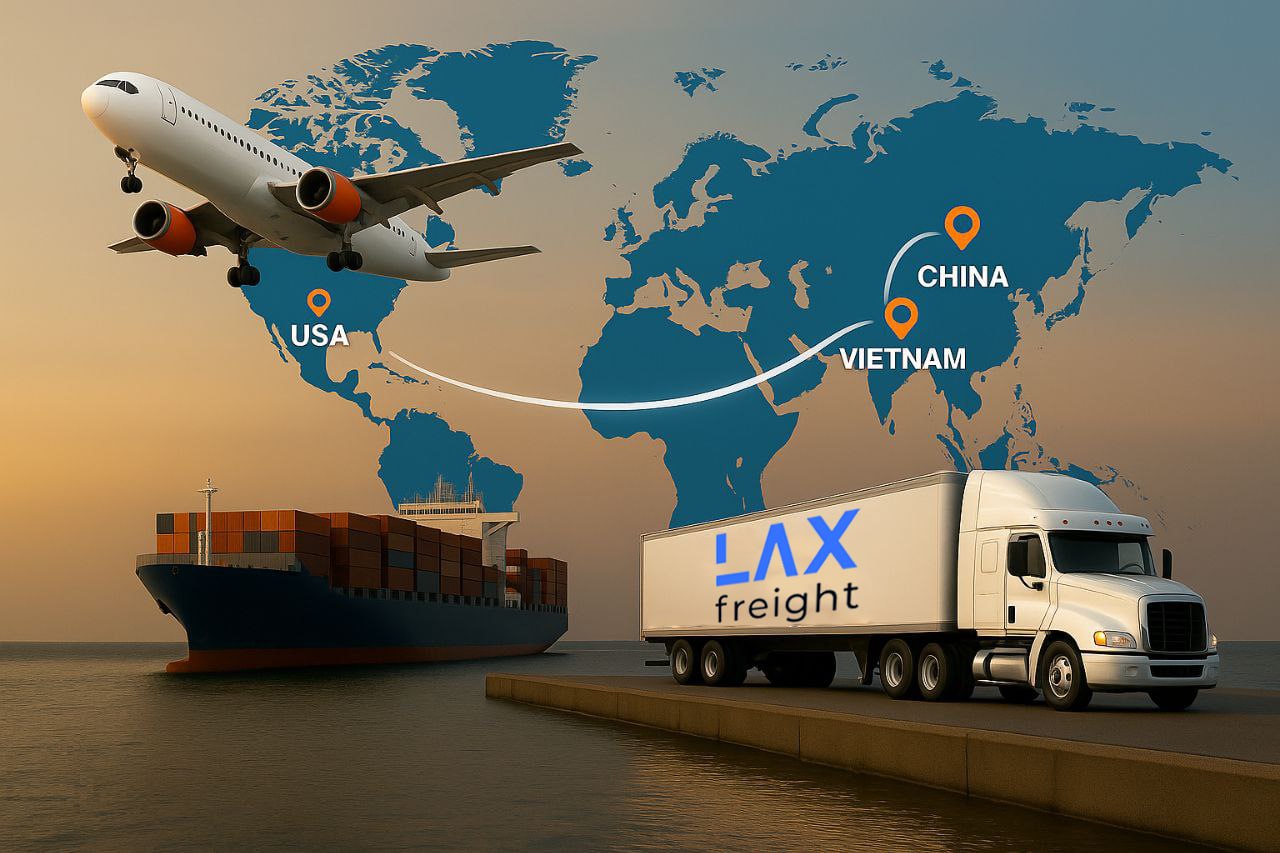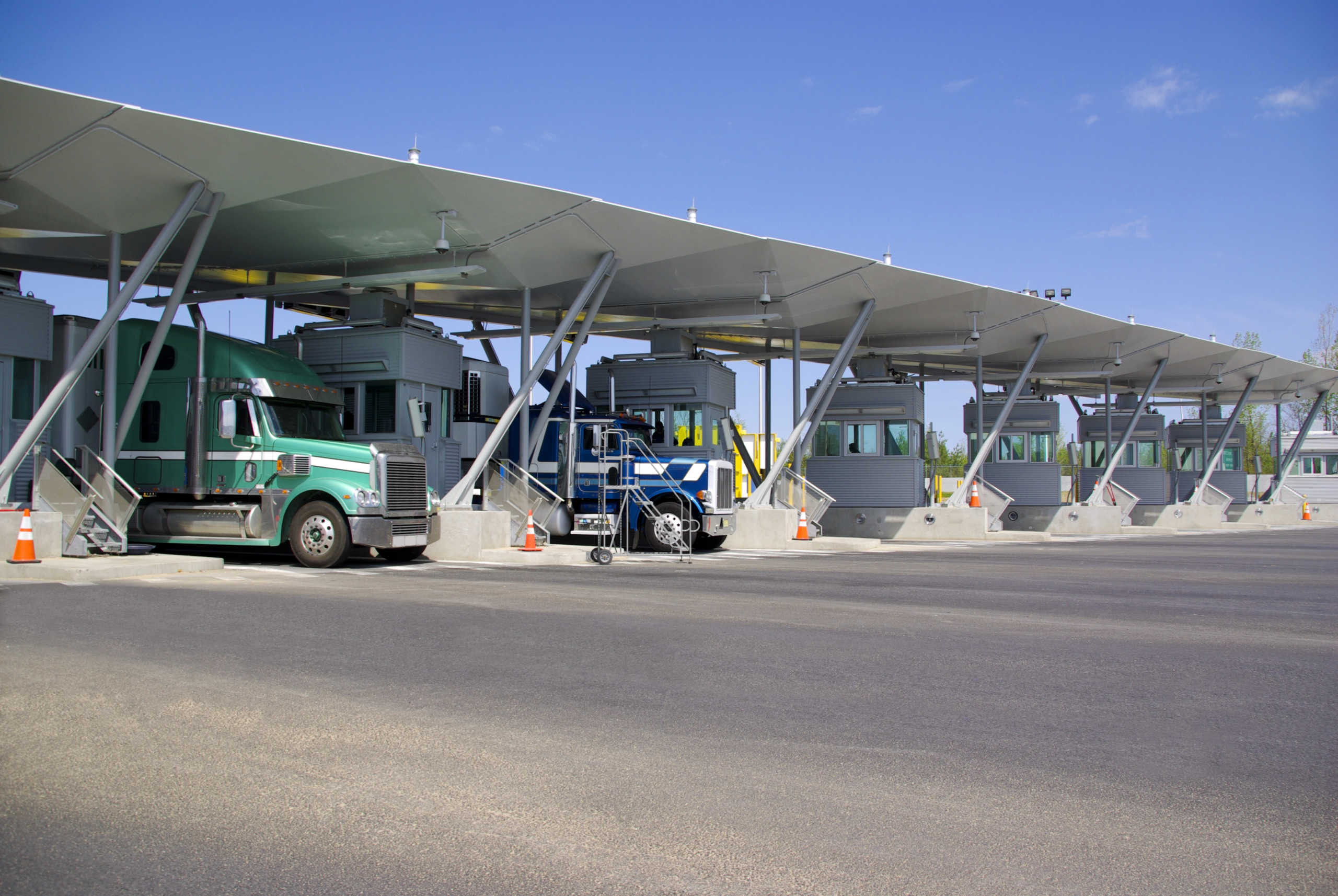Understanding NMFC
The National Motor Freight Classification (NMFC) is a comprehensive system for categorizing freight, established and maintained by the National Motor Freight Traffic Association (NMFTA). It is utilized in the movement of Less Than Truckload (LTL) cargo across interstate, intrastate, and foreign commerce. NMFC codes, also known as NMFC number, are instrumental in assigning standardized freight classes to a myriad of commodities shipped together in LTL shipments each year. This classification facilitates negotiations between shippers and carriers for freight rates based on the diverse characteristics of goods involved.
In the logistics landscape, LAX Freight stands out as a reliable 3PL company, offering expert support for businesses navigating the complexities of the National Motor Freight Classification (NMFC). With a commitment to precision and efficiency, LAX Freight helps businesses accurately determine freight classes and streamline logistics operations. Contact us today to get a tailored logistics solution!
What are NMFC classes?
With eighteen possible classifications ranging from 50 (lowest cost) to 500 (highest cost), NMFC codes are assigned based on factors such as density, sturdiness, and liability of the freight. NMFC codes are essential for NMFC code lookup, and they play a crucial role in determining the NMFC freight class for each commodity. Denser and more robust items are assigned lower codes, while fragile or uniquely shaped items prone to damage, loss, or theft receive higher codes. These 5-digit codes, often with subclasses, specify the freight class for each commodity, considering dimensions, packaging, assembly, and materials.
Determining the freight class involves assessing an item’s transportability, considering weight, dimensions, density, storage capability, ease of handling, value, and liability factors like theft, damage, and spoilage. Four primary metrics govern freight class determination: Density, Handling, Stowability, and Liability. Items with higher density per cubic foot fall into lower classes, while less dense items are classified higher. Freight requiring special instructions due to weight, shape, or unique restrictions results in a higher freight classification.
Considerations such as government regulations, carrier policies, and packaging affect stowability, impacting the freight class. Commodity value and potential for damage or loss during transit influence the freight class, with higher risks leading to higher classifications.

Why is NMFC Important?
Understanding the NMFC is crucial in this process. The NMFC’s meaning lies in its role as a standardized system for categorizing goods transported by motor carriers. The NMFC freight classes, determined by factors like density and handling, provide a consistent classification framework. For a detailed reference, one can consult the NMFC freight class chart, which outlines the specific classes associated with varying density ranges.
The NMFC classification ensures uniformity and clarity in the transportation industry, streamlining logistics and facilitating efficient freight management. Familiarizing oneself with the NMFC meaning, NMFC freight classes, NMFC freight class chart, and NMFC classification is essential for businesses and individuals involved in shipping and logistics.
What are NMFC subclasses?
Freight subclasses, which can be intricate, require precision in classification. For unlisted commodities, the density of the item determines the freight class, calculated by dividing its volume in cubic feet by its gross weight in pounds. It’s crucial to understand both the NMFC code and applicable subclass for accurate freight class assignment. If you need to find the NMFC codes or do an NFC code lookup, you can refer to the NMFC freight class chart or the NMFC classification standards.
The NMFC serves as the industry standard for carriers in pricing and planning LTL shipments. If a commodity is not listed in the NMFC standards, its density becomes the basis for determining the freight class. More information on the NMFC freight class and subclasses for common commodities can be found on the dedicated freight class page.



